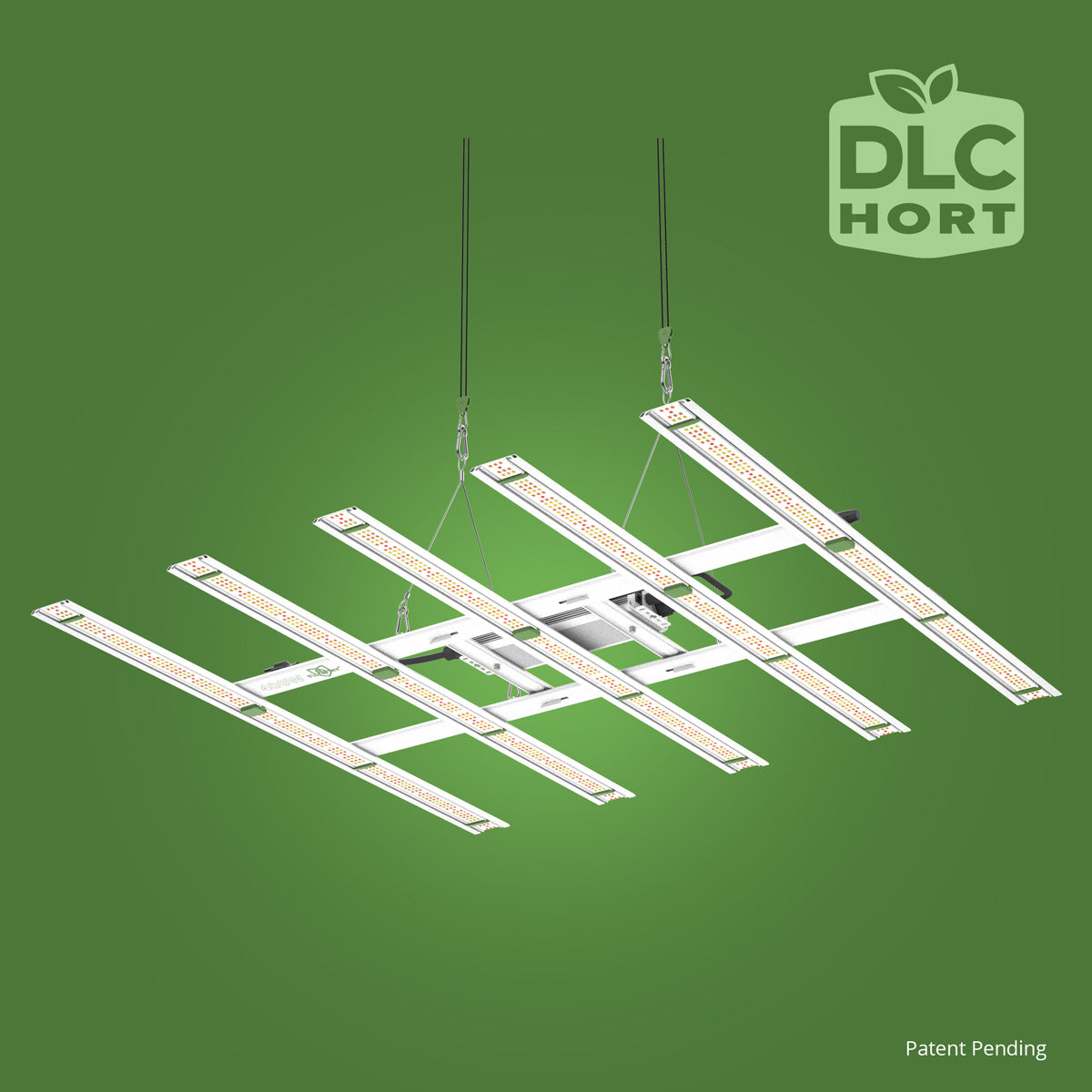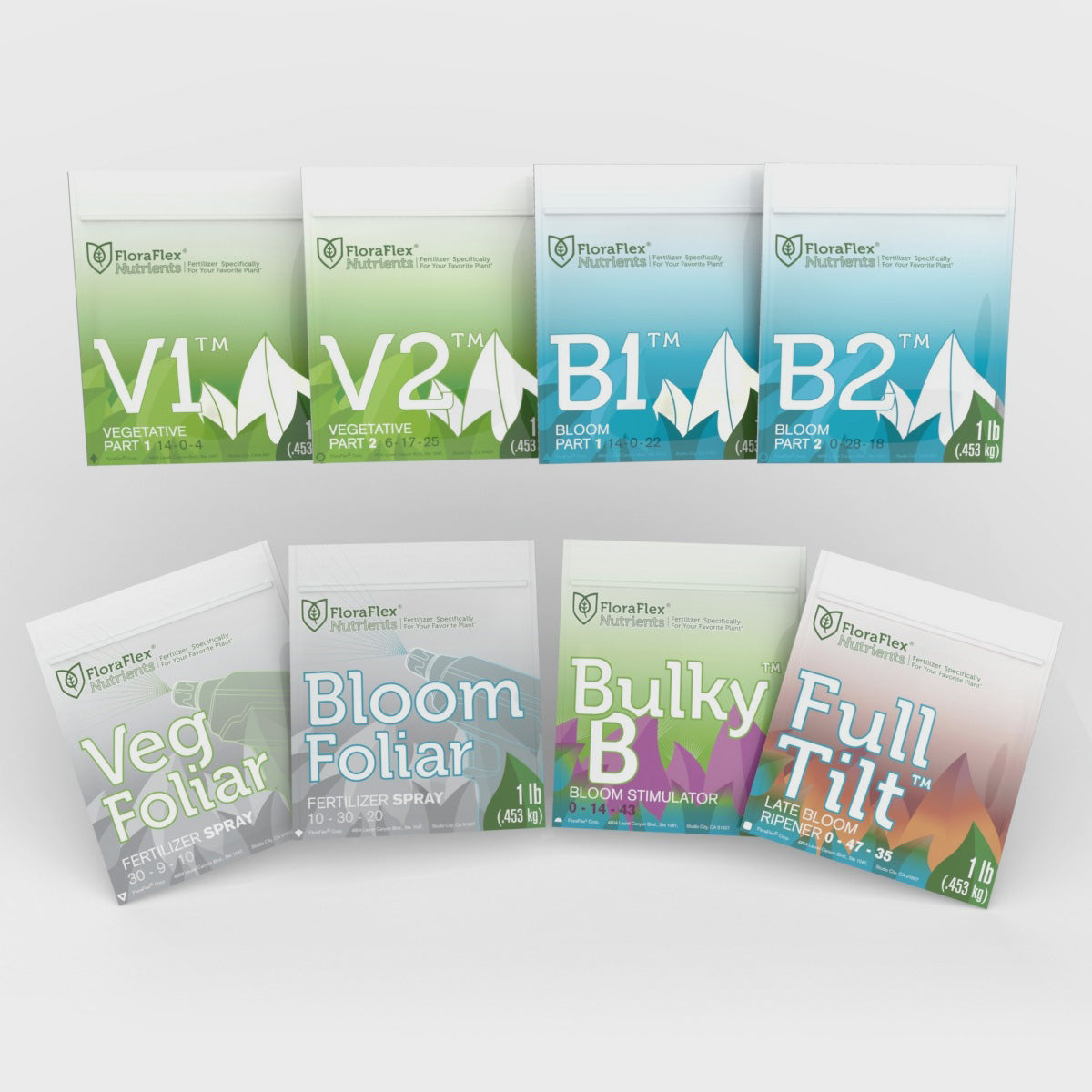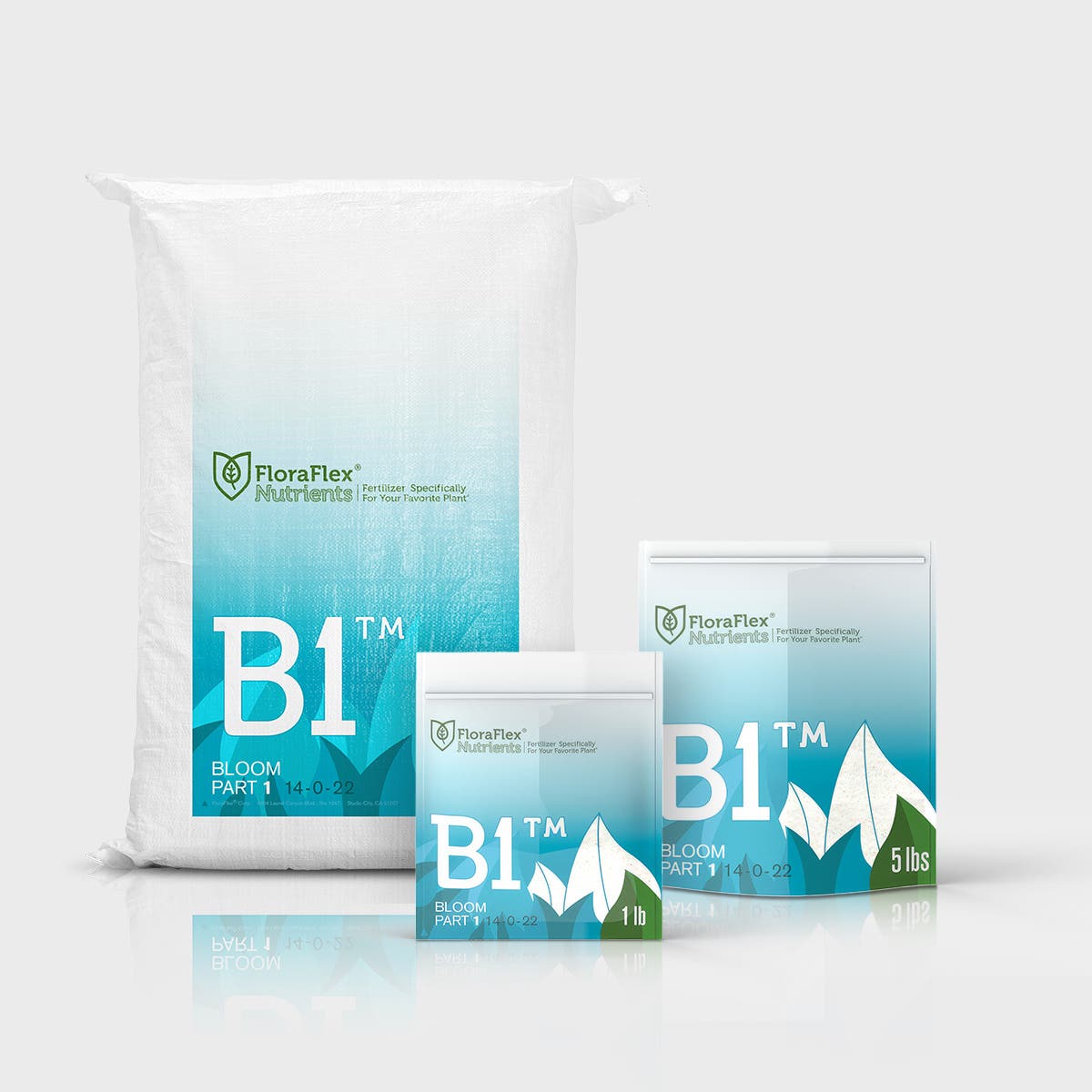Plants are living organisms that require several factors to thrive, including sunlight, water, and nutrients. Another critical aspect that significantly influences plant health is air flow. Adequate air circulation around plants can have a profound impact on their growth, development, and overall well-being. In this article, we will explore the importance of increased air flow for plants and how it positively affects their health. We will also discuss various strategies to enhance air flow and provide insights into the impact of air movement on different types of plants.
Proper air flow is essential for plants as it influences various physiological processes crucial for their survival. When plants receive adequate air movement, it results in improved gas exchange, prevention of diseases, strengthened structure, enhanced nutrient absorption, and more. Understanding the significance of increased air flow and implementing strategies to optimize it can significantly contribute to the health and vitality of plants.
Importance of Air Flow for Plants
Air flow plays a vital role in plant health for several reasons. Firstly, it ensures the efficient exchange of gases, such as carbon dioxide and oxygen, which are essential for photosynthesis. Increased air movement allows plants to take in carbon dioxide for photosynthesis while releasing oxygen as a byproduct. This process supports their growth, as well as contributes to a healthier environment by purifying the air.
Factors Affecting Air Flow
Multiple factors can influence air flow around plants. One crucial factor is wind, which naturally promotes air circulation. However, in indoor environments or sheltered outdoor areas, wind might not be readily available. Other factors such as the arrangement of plants, obstacles blocking air movement, and the structure of the surrounding environment can also affect air flow. It is important to identify and address these factors to optimize air circulation around plants.
The Role of Increased Air Flow in Plant Health
Increased air flow has numerous positive effects on plant health. Let's delve into some of the significant benefits:
Enhanced Gas Exchange and Photosynthesis
Adequate air movement ensures a steady supply of carbon dioxide, enabling plants to carry out photosynthesis effectively. The process of photosynthesis produces glucose, which serves as a vital energy source for plants. Additionally, enhanced gas exchange facilitates the removal of oxygen and other gases, preventing the buildup of harmful substances around plant tissues.
Prevention of Fungal and Bacterial Diseases
Stagnant air can create a favorable environment for the growth of fungi and bacteria, leading to various plant diseases. By increasing air flow, the chances of pathogen development decrease significantly. Improved air circulation helps dry out plant surfaces, reducing moisture and preventing the proliferation of harmful microorganisms.
Strengthening Plant Structure
Plants exposed to gentle air movement develop stronger stems and branches. The swaying motion caused by air flow stimulates the production of lignin, a compound that provides structural support. Stronger plant structures are more resistant to damage from external factors like wind, rain, or pests.
Improved Nutrient Absorption
Efficient air circulation assists in the uptake of nutrients by plants' roots. When air moves around the soil, it helps transport nutrients closer to the roots, ensuring they are readily available for absorption. Enhanced nutrient uptake promotes healthy growth, robust foliage, and improved flowering or fruiting.
Increased Transpiration and Water Uptake
Transpiration is the process by which plants release water vapor through their leaves. Adequate air flow facilitates transpiration by carrying away excess moisture and preventing the buildup of humidity around the plants. This process not only helps cool the plant but also aids in water uptake from the soil.
Enhanced Pollination
Air movement plays a crucial role in the pollination process for many plants. It helps disperse pollen, increasing the chances of successful fertilization. In outdoor settings, wind is a natural pollinator, but in indoor environments or sheltered gardens, proper air circulation becomes essential to facilitate pollination.
Impact on Indoor Plants
Indoor plants often face challenges in receiving adequate air flow due to limited ventilation. This can lead to stagnant air, increased humidity, and the accumulation of dust on plant surfaces. Poor air circulation in indoor spaces hampers plant health, making them more susceptible to pests, diseases, and suboptimal growth. Providing proper air movement through various methods like fans, open windows, or air purifiers can significantly benefit indoor plants.
Strategies to Increase Air Flow
Ensuring adequate air flow around plants can be achieved through several strategies:
Importance of Proper Ventilation
In enclosed spaces like greenhouses or indoor gardens, it is crucial to establish proper ventilation systems. This includes installing exhaust fans, vents, or louvers to allow for the inflow of fresh air and the outflow of stagnant air. Ventilation systems help maintain optimal temperature, humidity levels, and air quality, creating a favorable environment for plant growth.
Plant Placement and Spacing
Strategically placing plants and maintaining appropriate spacing between them can significantly impact air flow. Avoid overcrowding plants, as it restricts air circulation and promotes the development of fungal diseases. By providing adequate space, plants can enjoy better access to light and air, promoting their overall health.
The impact of increased air flow on plant health cannot be understated. By ensuring proper air circulation, plants can thrive and exhibit optimal growth, strength, and vitality. Increased air movement enhances gas exchange, prevents diseases, strengthens plant structure, improves nutrient absorption, aids in water uptake, and facilitates pollination. Implementing strategies such as ventilation systems and thoughtful plant placement can create an environment conducive to healthy plant growth. Remember, paying attention to air flow is a fundamental aspect of plant care and can lead to vibrant and flourishing green spaces.








